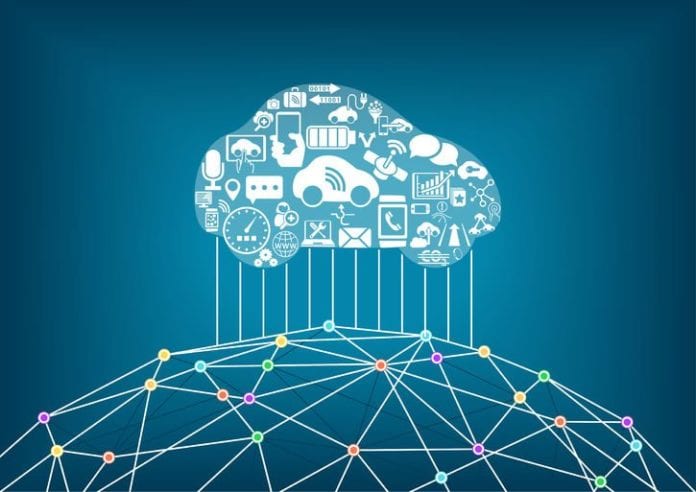Automotive memory: Cloud or edge?
Connected car are expected to generate massive amounts of data from sensors, Advanced Driver Assistance Systems and eventual autonomous capabilities, as well as infotainment and navigation. Over-the-air software updates, such as those that Tesla is already using, are likely to become common. While the data capabilities of the vehicle are often discussed in terms of how much data that cars will send over cellular networks to the cloud, one area of computing power hasn’t necessarily gotten the same amount of recognition: the amount of memory storage that cars will need in order to enable advanced capabilities.
“How much you store in the edge versus what you send to the cloud is still a big debate in the industry,” said Martin Booth, director of marketing, automotive and industrial, at Western Digital. He said that based on industry conversations, companies expect to eventually need terabyte-class local storage and even more in the cloud to support connected and autonomous vehicles. Western Digital recently added to its portfolio of memory for the automotive market with the launch of its iNAND 7250A embedded flash drive, for supporting ADAS, infotainment and safety systems.
According to a recent article in Semiconductor Engineering, a new 2017 car will generate an estimated 20GB of data each day, if it has two cameras, 16 sensors and is driven two hours or less daily. Some of that data will be sent to the cloud – as much as 25 GB every hour, according to estimates by Hitachi – but some will need to stay local, as the vehicle becomes one example of (very) mobile edge computing.
Automotive memory capacity is expected to grow from 15-25 BG in 2018 to more than 60 GB by 2025, Volker Shuman, senior manager of automotive sales for Toshiba Electronics Europe, wrote in Electronics Weekly.
Booth said that with every model year, more data-centric features are emerging: multiple cameras, sensors, LiDar and more. Over-the-air software updates to the vehicle can save manufacturers millions in recall-related costs, but vehicles will need room to store those updates. Meanwhile, automotive manufacturers want to be able to do things like comb through petabytes of data to detect vehicle issues and recommend proactive maintenance, and vehicles themselves will need to handle fast data processing locally in the context of driver assistance and eventually, autonomous driving.
“Why does all the storage matter? Why don’t I send everything to the cloud? – there’s not enough bandwidth,” said Booth. “Even if there is, maybe the cost is too high – somebody has to pay for that bandwidth. Other reasons have to do with latency; you don’t want to be dependent on not-guaranteed latency to the cloud and back if you’re heading toward a tree.”
This also will have implications for the data center, according to Walter Hinton, senior director of product marketing at Western Digital. There are different types of connected car data that will be flowing in: streams of lighter telematics data, batches of sensor data, perhaps high-resolution images from multiple vehicle cameras.
“It’s literally a data storm or a tsunami of stuff coming from the fleet,” Hinton said. “We have to design in the data center to account for the different volume, velocity and variety.” Some car manufacturers such as Ford are building their own infrastructure to handle data from connected cars, but it’s possible that others may use public clouds. n addition, Hinton said, vehicle manufacturers will likely need to hang onto that data for some time – for internal research and development purposes at first, but also potentially due to regulatory requirements that are still taking shape.
Some of the same issues in memory and cloud vs. edge computing will occur on a smaller scale in other internet of things applications as well, Booth pointed out. “Storage is becoming a much more critical part of the edge – not just in automotive but in IoT,” he said. “It’s not necessarily something that people in the industry have spent a lot of time thinking about. … A lot of times, OEMs have been thinking about processing power and machine learning algorithms, but storage will become a very important part of the overall system solution in terms of performance and cost. Those discussions are starting to happen.”

